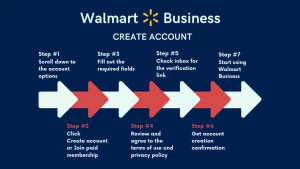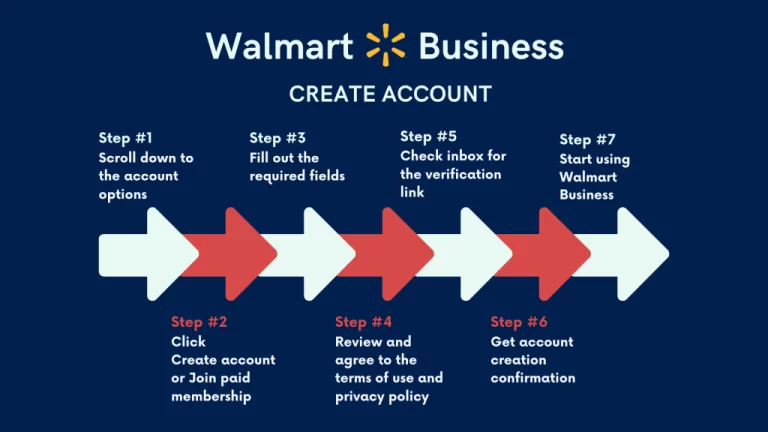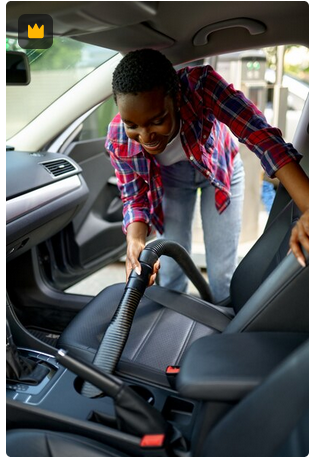
Introduction
WordPress is one of the most popular content management systems (CMS) globally, powering millions of websites. Similarly, Flutter has gained immense popularity as a versatile framework for building cross-platform mobile applications. In this article, we will explore the process of creating a Flutter app that can effectively interact with any WordPress site. This integration can open up new possibilities for website owners and app developers looking to expand their reach and engage users through mobile platforms.
Understanding Flutter and WordPress Integration
Flutter is an open-source UI software development kit created by Google. It allows developers to build natively compiled applications for mobile, web, and desktop from a single codebase. On the other hand, WordPress provides a robust platform for publishing web content, managing websites, and running online businesses. By integrating Flutter with WordPress, developers can create powerful mobile apps that can interact seamlessly with WordPress websites, fetching content and delivering a rich user experience.
Benefits of Creating a Flutter App for Your WordPress Site
1. Enhanced User Engagement: A Flutter app can provide a more immersive and interactive experience for users, leading to increased engagement and retention.
2. Access to Device Features: By utilizing Flutter, developers can access native device features such as camera, GPS, and push notifications, enhancing the functionality of the app.
3. Cross-Platform Compatibility: Flutter apps are compatible with both Android and iOS platforms, allowing for wider audience reach with a single codebase.
4. Offline Support: Flutter apps can be designed to work efficiently in offline mode, ensuring that users can access content even without an active internet connection.
5. Brand Visibility: Having a dedicated app for your WordPress site can boost brand visibility and create a direct channel for communication with your audience.
Steps to Build a Flutter App for Any WordPress Site
- Set Up a WordPress Backend: Ensure that your WordPress site is set up and contains the necessary content that you want to display in your app. This may involve creating custom post types, taxonomies, or custom fields to organize your data effectively.
- Utilize WordPress REST API: WordPress provides a RESTful API that allows developers to retrieve content from a WordPress site in a structured JSON format. Familiarize yourself with the API endpoints and how to make requests to fetch posts, pages, categories, and other content.
- Create a New Flutter Project: Set up a new Flutter project using your preferred IDE or command-line tools. Ensure that you have the necessary dependencies installed and configured to begin building your app.
- Integrate HTTP Requests: Use Flutter’s HTTP package or other relevant plugins to make HTTP requests to the WordPress site’s REST API endpoints. Retrieve the required data such as posts, pages, and categories to populate your app with dynamic content.
- Design User Interface: Design the user interface of your app using Flutter’s rich set of widgets and components. Consider the visual hierarchy, navigation flow, and overall user experience to ensure that the app aligns with your WordPress site’s branding and content structure.
- Implement Authentication (If Needed): If your WordPress site requires user authentication for certain content or features, implement the necessary authentication flows within your Flutter app, possibly using JSON Web Tokens (JWT) or other authentication mechanisms supported by WordPress.
- Optimize for Performance: Pay attention to performance optimization techniques such as lazy loading of content, caching, and efficient data retrieval to ensure that your app delivers a smooth and responsive experience to users, even on slower network connections.
- Handle Offline Scenarios: Implement offline support by caching essential data locally and providing users with meaningful offline experiences. Consider the use of local databases or storage solutions to store and retrieve data when the device is offline.
- Implement Push Notifications: If your WordPress site utilizes push notifications to engage users, integrate push notification services such as Firebase Cloud Messaging (FCM) into your Flutter app to deliver timely and relevant notifications to users.
- Test and Debug: Thoroughly test your Flutter app on various devices and screen sizes to ensure that it functions as expected. Address any bugs, performance issues, or visual inconsistencies through rigorous testing and debugging.
- Deploy to App Stores: Once your Flutter app is ready, prepare it for deployment to the Apple App Store and Google Play Store. Follow the respective guidelines and requirements for app submission, including app store listings, descriptions, and screenshots.
Conclusion
Integrating Flutter with a WordPress site opens up a world of possibilities for website owners and developers. By creating a Flutter app for your WordPress site, you can extend your reach to mobile audiences, deliver a compelling user experience, and reinforce your brand’s presence. With careful planning, thoughtful design, and seamless integration, a Flutter app can become a valuable asset in engaging and retaining users while expanding the impact of your WordPress site.
Final Thoughts
As mobile usage continues to soar, having a dedicated mobile app for your WordPress site can be a strategic move to connect with users on the go. By leveraging the power of Flutter’s cross-platform capabilities and integrating it with the rich content of your WordPress site, you can create a dynamic and engaging mobile experience that resonates with your audience. Whether you’re a content creator, business owner, or developer, exploring the potential of a Flutter app for your WordPress site can lead to new opportunities for growth and user engagement.










+ There are no comments
Add yours